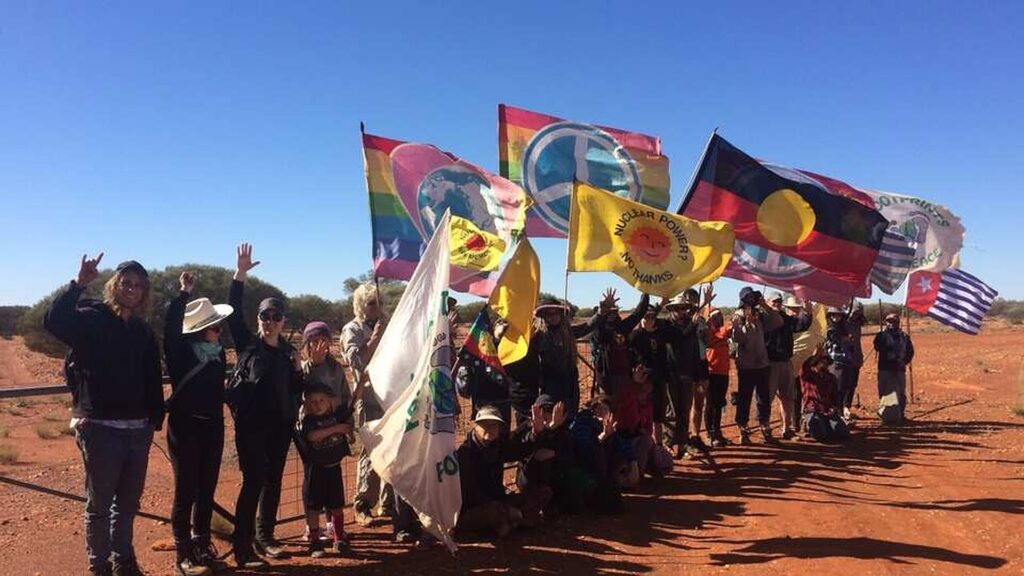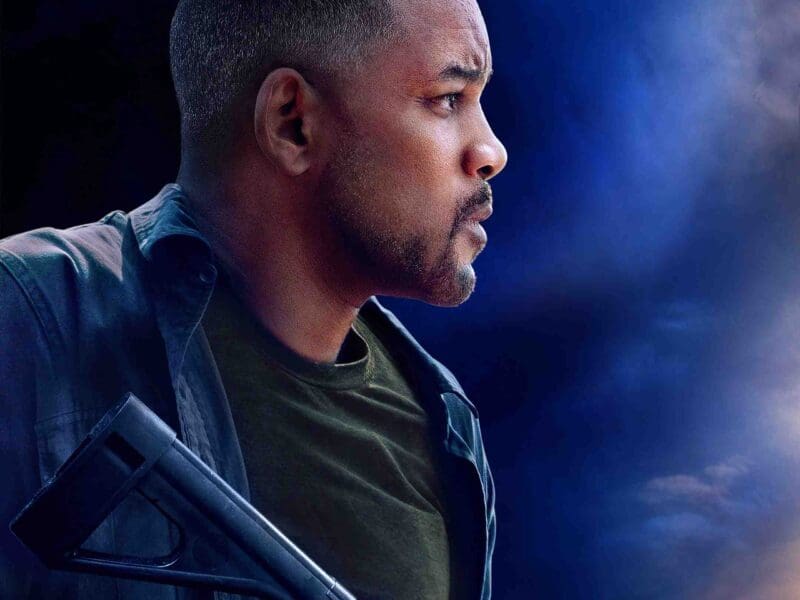
Melbourne Documentary Film Festival Spotlight: Walkatjurra
Ever pondered the repercussions of your actions on the environment? Contemplating the legacy we’re leaving for future generations? Now’s the moment to plug into an exceptional narrative unfolding in the heart of Australia, chronicled in the documentary Walkatjurra, directed by Francisca Silvia Bravo and Carole Riesler.
As one of the illustrious additions to the Melbourne Documentary Film Festival, let’s take a deep drive into the dreamtime details.

Revolutionary trail
Marking the seventieth anniversary of the first nuclear test on indigenous Australian soil, Walkatjurra takes you along on a momentous 124-mile anti-nuclear march across the harsh desert. This isn’t a leisurely ramble; it’s a potent international call-to-action led by aboriginal communities, determined to cease uranium extraction. The heart of this monumental issue poses an existential question – what path will humanity choose between creation and destruction?
Walkatjurra masterfully intertwines two major narrative arcs. The first is the protest walk itself, symbolizing defiance against uranium mining and nuclear weaponry, fueled by the region’s rich uranium deposits. The second narrative delves into the exploration of community life in these arid landscapes. The indigenous community members narrate the tale of the devastating impact of uranium mining on their sacred sites and the natural ecosystem.

Echoes from the Dreamtime
The journey through Walkatjurra offers viewers a glimpse into the Aboriginal Dreamtime. Each landmark on their path ties back to spiritual stories passed down through generations. By showcasing the Aboriginal way of life, from food procurement to traditional medicine preparation, directors Bravo and Riesler enrich viewers’ understanding of indigenous Australian culture.
Dialogue and audio elements play second fiddle to the breathtaking visuals in Walkatjurra. The filmmakers’ focus lies in capturing the stunning landscapes and the rich biodiversity of the Australian outback. The viewers also get to see footage of the protesters setting up camp and living as a temporary community, a testament to the resilience of Aboriginal life in these conditions. The Dreamtime stories are expressed in short animation sequences rendered in the Aboriginal art style.

Harmonious coexistence
In the intricate weave of Walkatjurra are threads of multiple environmental preservation themes.
While the film tackles anti-mining, anti-colonialism, anti-uranium, and anti-nuclear weaponry issues simultaneously, the core message remains clear. Walkatjurra invites viewers to reassess their relationship with nature and learn from Australia’s original custodians about harmonious coexistence. It rings out a resounding call against the domination and manipulation of our environment to the point of irreparable harm.
In the end, Walkatjurra is more than just a documentary. It’s a clarion call for awakening, a plea for environmental harmony, and a testament to the unyielding spirit of the Aboriginal communities. But will it inspire the change it seeks to instigate in the hearts and minds of its worldwide audience? That is the question we must all grapple with.
_







